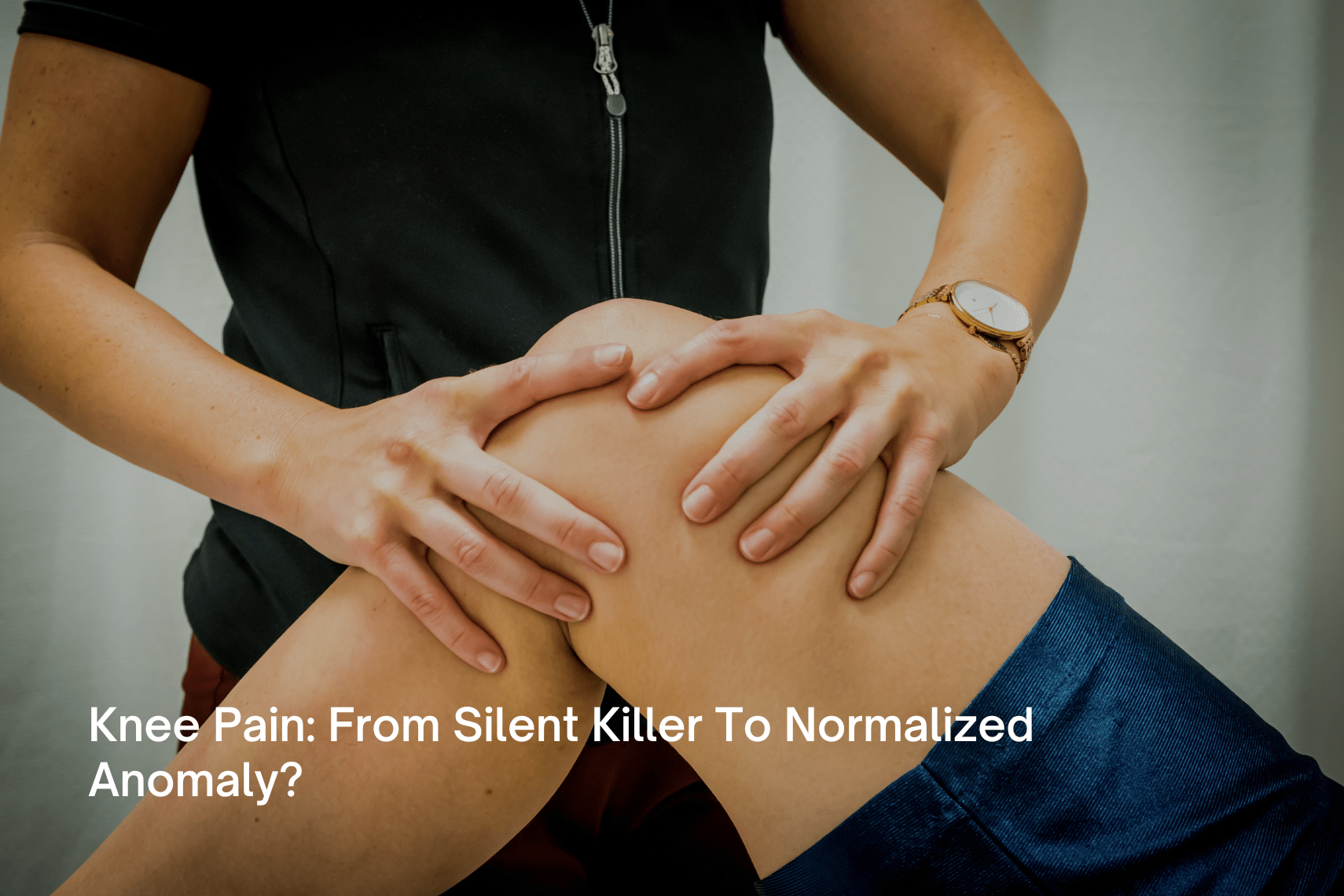
What’s your first reaction when someone gets ill?
You’ll be sympathetic, hopefully! Maybe even suggest a tablet of paracetamol and if there’s no relief still, send a doctor their way.
Now, change the situation a tiny bit.
Imagine someone has a worse condition; say they’re coughing blood due to tuberculosis. Well, you wouldn’t just wait around to check if it worsens, right? Did you spot the reason between the difference in the two reactions? We have normalized fever but not tuberculosis.
The perception at large is that we treat everyday, “quickly” curable diseases with not-so-severe symptoms as an irritating normal. In such cases, we avoid consultation and sometimes treatment! Yet, there’s no guarantee that the symptoms won’t worsen! One would say these are the cons of dealing with a normalized disease. Unfortunately, knee problems and in most cases, Knee Osteoarthritis (KOA) also falls in that bracket.
But why is KOA considered so normal?
It’s not KOA that’s considered normal, but rather knee pain that is. While the WHO estimated that around 250M people worldwide suffer from it, its prevalence in India stood at 28.7%, meaning more than 1 in 4 people suffer from knee pain! Scaling it to our population, this number is massive! This is so common that about 40% of people (in the US) don’t find it necessary to seek medical attention! Considering India’s medical access disparity and lack of physiotherapists, the number is surely higher for us.
But will it come down in the future?
Unfortunately, it doesn’t seem like KOA cases in India will come down. Having touched 1.4B people and still rising, India’s elderly will constitute 20% of its population by 2050. Since knee prevalence in that age group spikes to 80%, KOA cases are here to stay.
But this isn’t just about the elderly people. Due to rapid changes in job-types resulting in a static-posture with little exercise and sedentary lifestyle, people are becoming more vulnerable to KOA. Turns out, about 27.5% of the global population did not meet the recommended level of physical activity in 2017. And that was before COVID.
So where are we headed to now?
It’s obvious that people need to be wary about knee pain. However, to suggest that any knee pain symptom needs to be put in the same category as the major diseases is not practical. We believe the answer lies somewhere in the middle – cautious observation.
In some cases, your knee troubles you after a long day of work which should be fine if it gets better from the next day. However, if it still disturbs you for even a week, it’s better to consult an orthopedic doctor than be accustomed to that pain.
Most of what’s stated above would seem like common sense and it is! However, it’s still the general ignorance or the “busyness” of our work that interferes in our judgment. Ignoring a fever for too long isn’t smart. And neither is ignoring your knee pain.
